Deep within the historic quarters of Jerusalem, a group of dedicated archaeologists is closing in on a breakthrough.
Their quest? To pinpoint the exact room, known as the “Upper Room,” where Jesus is believed to have shared his last supper with his disciples — an endeavor that combines faith with painstaking historical detective work.
Reverence Through the Ages: The Upper Room
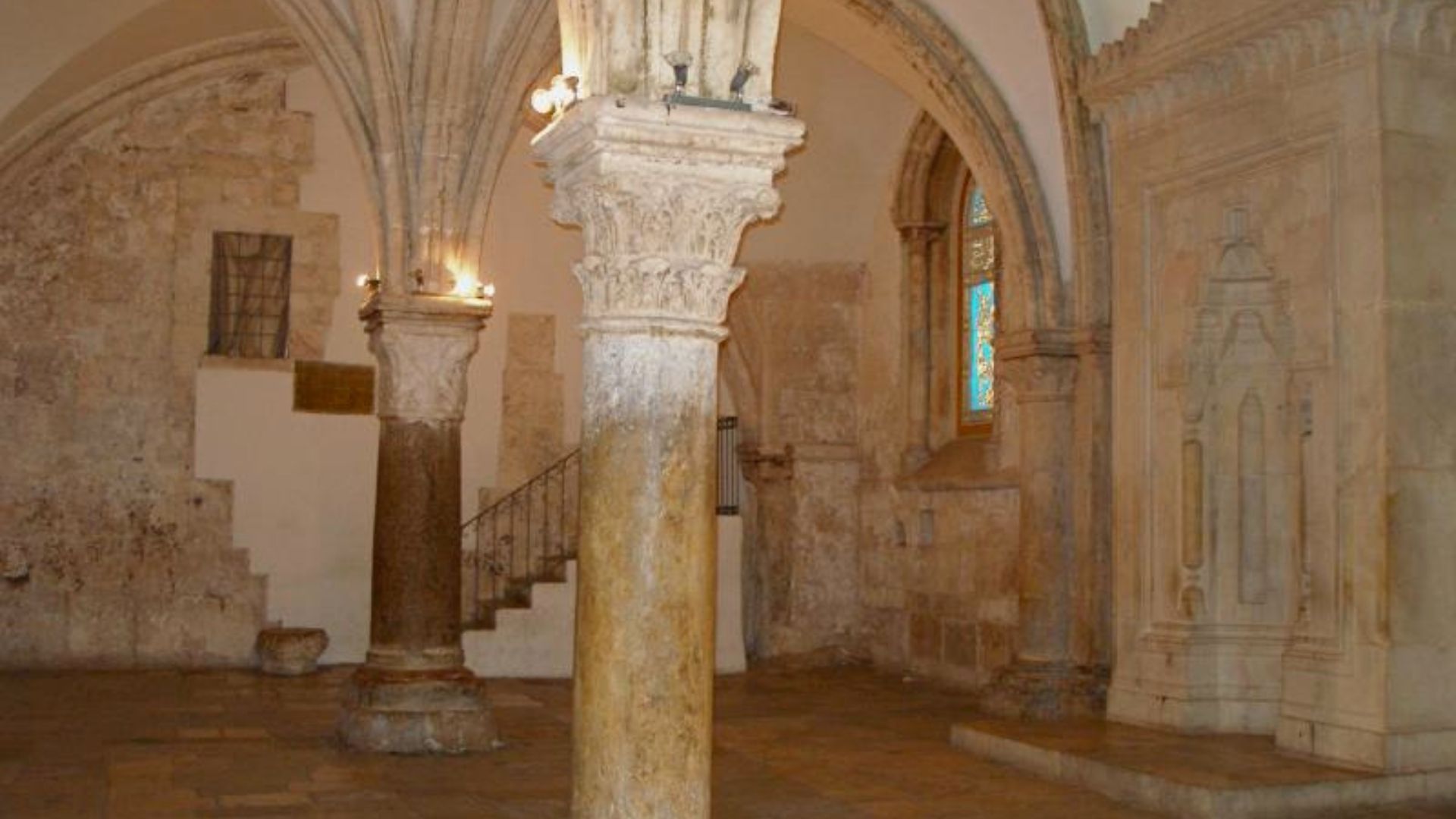
For centuries, the Upper Room has captured the imagination of believers.
Venerated since the fourth century AD, it has been depicted in countless pieces of art as Christians visited to reflect on Christ’s final hours before his crucifixion. Today, it remains at the heart of both scholarly and spiritual quests, echoing through history as a site of deep significance.
A Pilgrim’s Destination
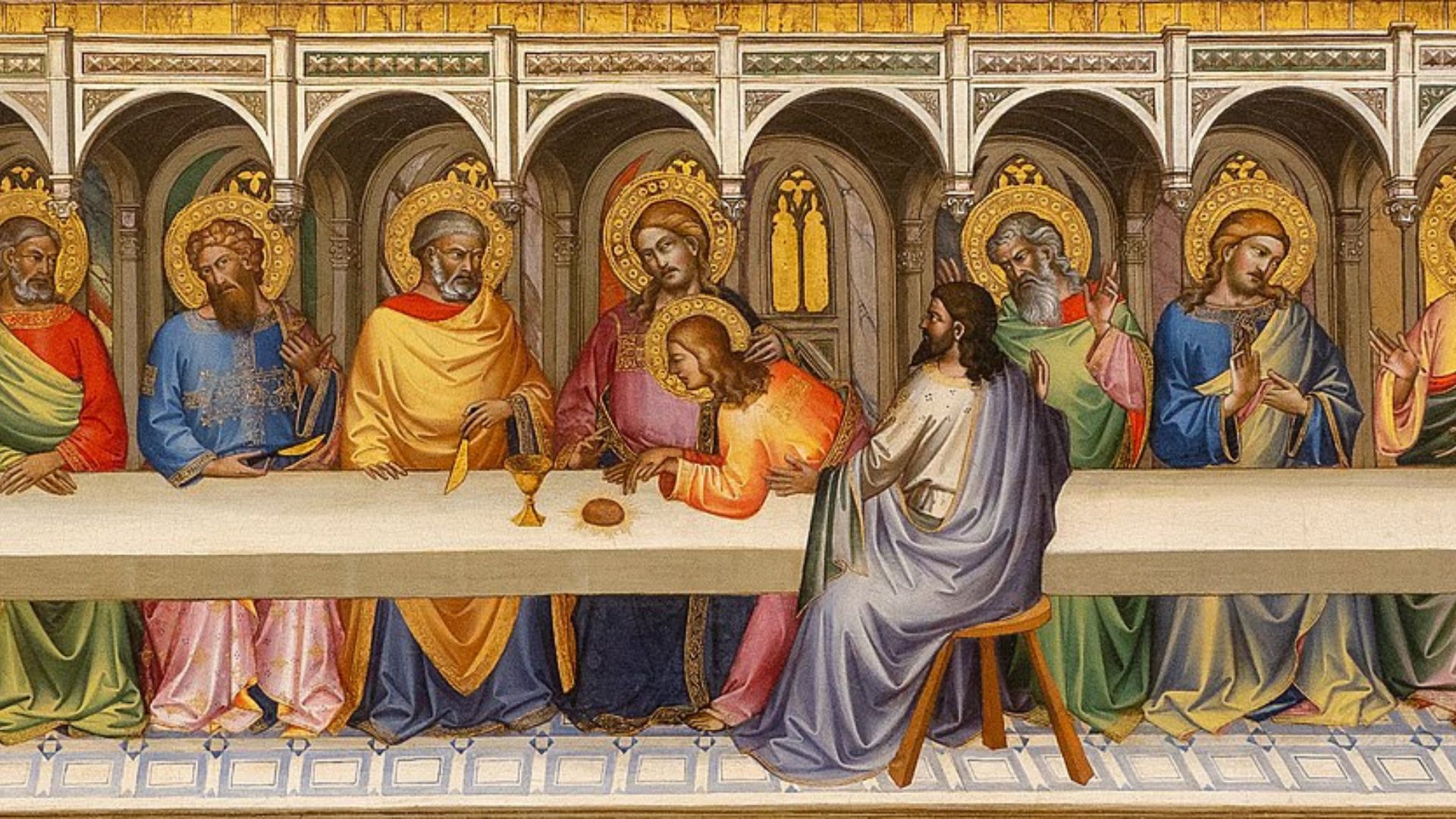
Every year, the Upper Room draws thousands of visitors.
Each pilgrim comes seeking a connection with a pivotal biblical event, proving that even after two millennia, the power of this place holds a profound impact on those who walk its ancient floors.
Recounting the Last Supper
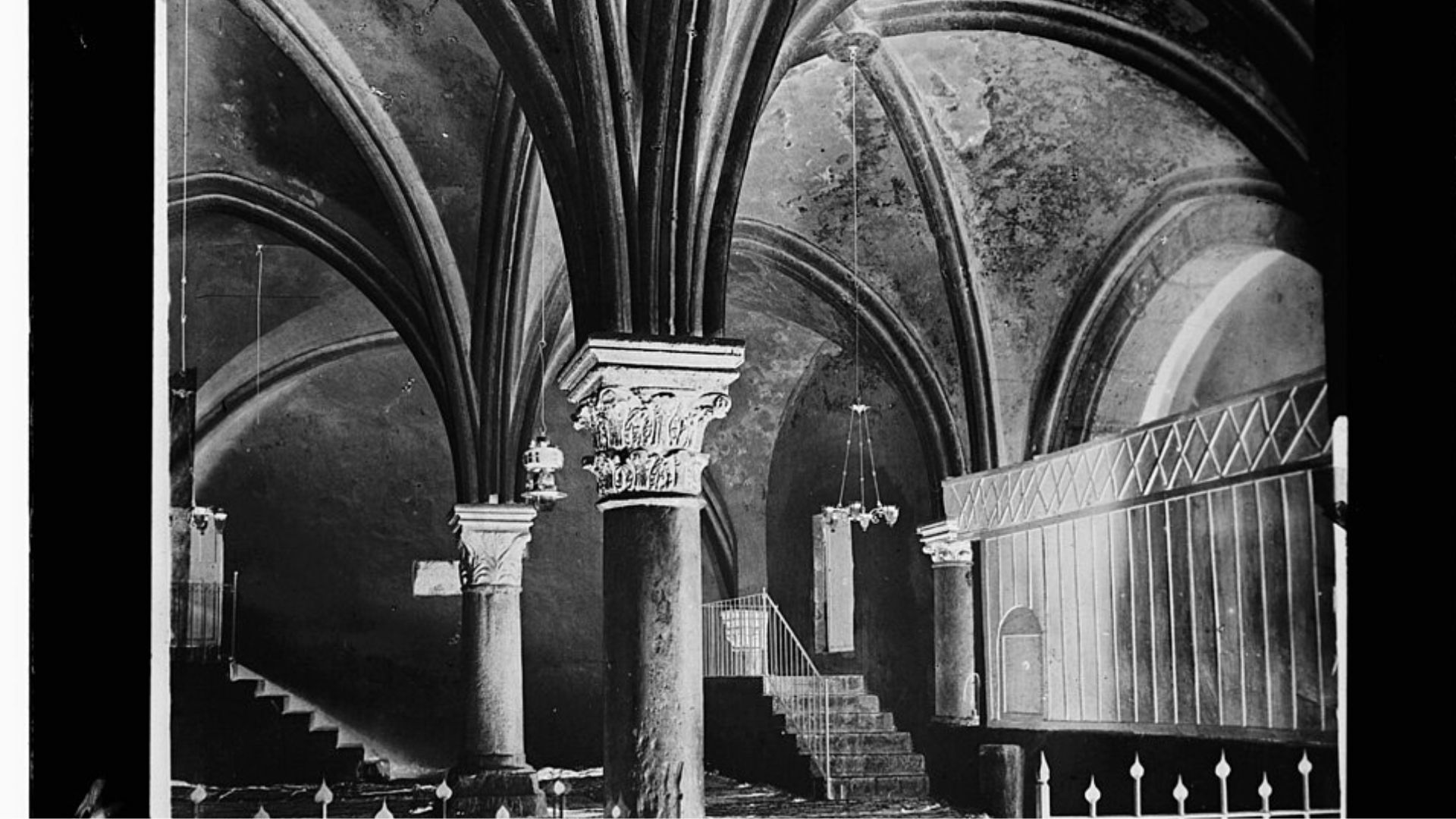
The Bible details a poignant evening in 33 AD, where Jesus, knowing the events that would soon unfold, prepared his disciples for his betrayal and death.
This sacred narrative continues to resonate deeply, anchoring the faith of millions around the globe.
Symbolism at the Supper
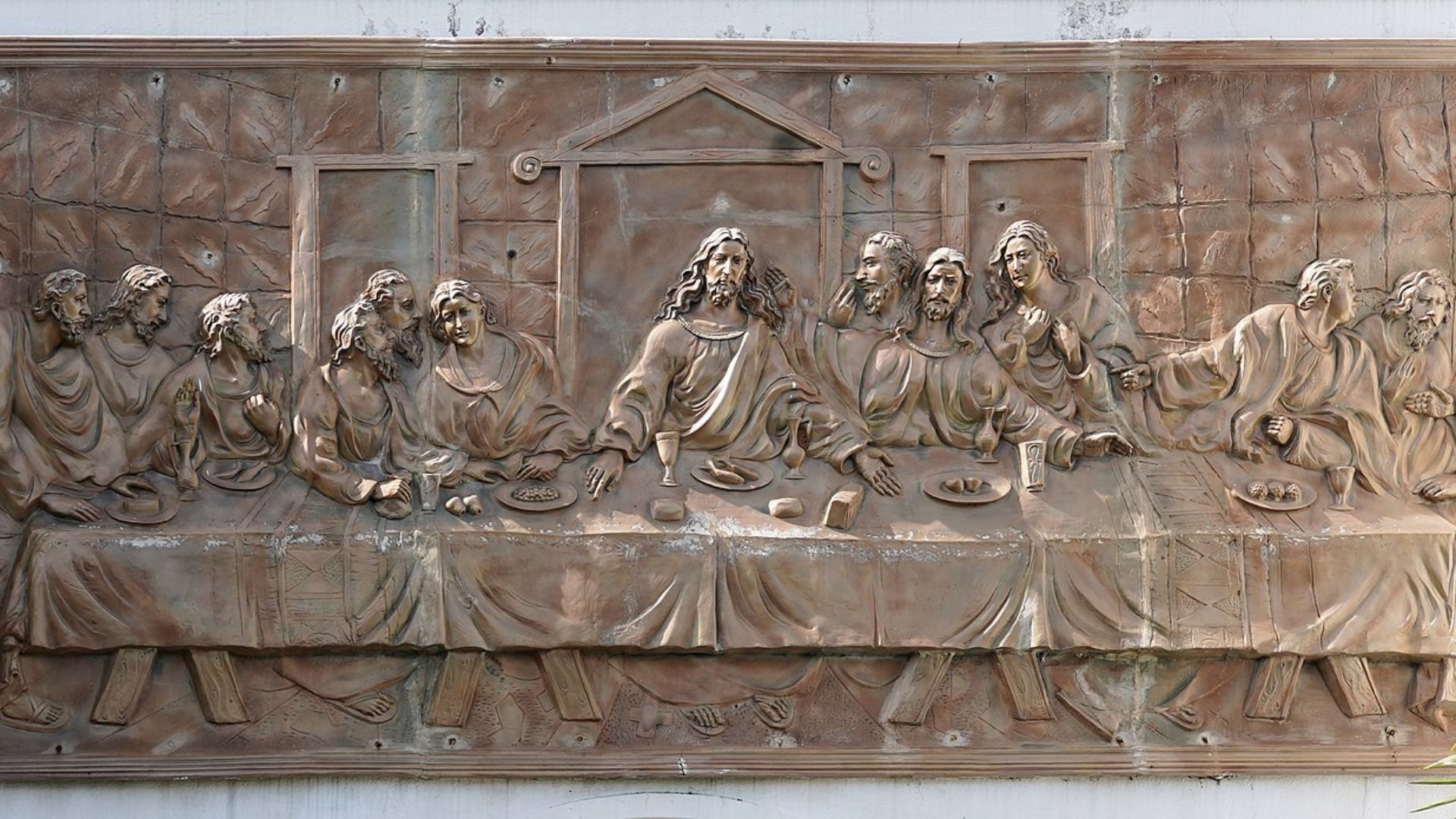
In a quiet act of foresight, Jesus used bread and wine to symbolize his body and blood, offering these words: “This is my body, which is given for you; do this in remembrance of me.”
These profound moments during the Last Supper have laid the foundation for Christian communion rituals, emphasizing a legacy of remembrance and sacrifice.
A Revered Room
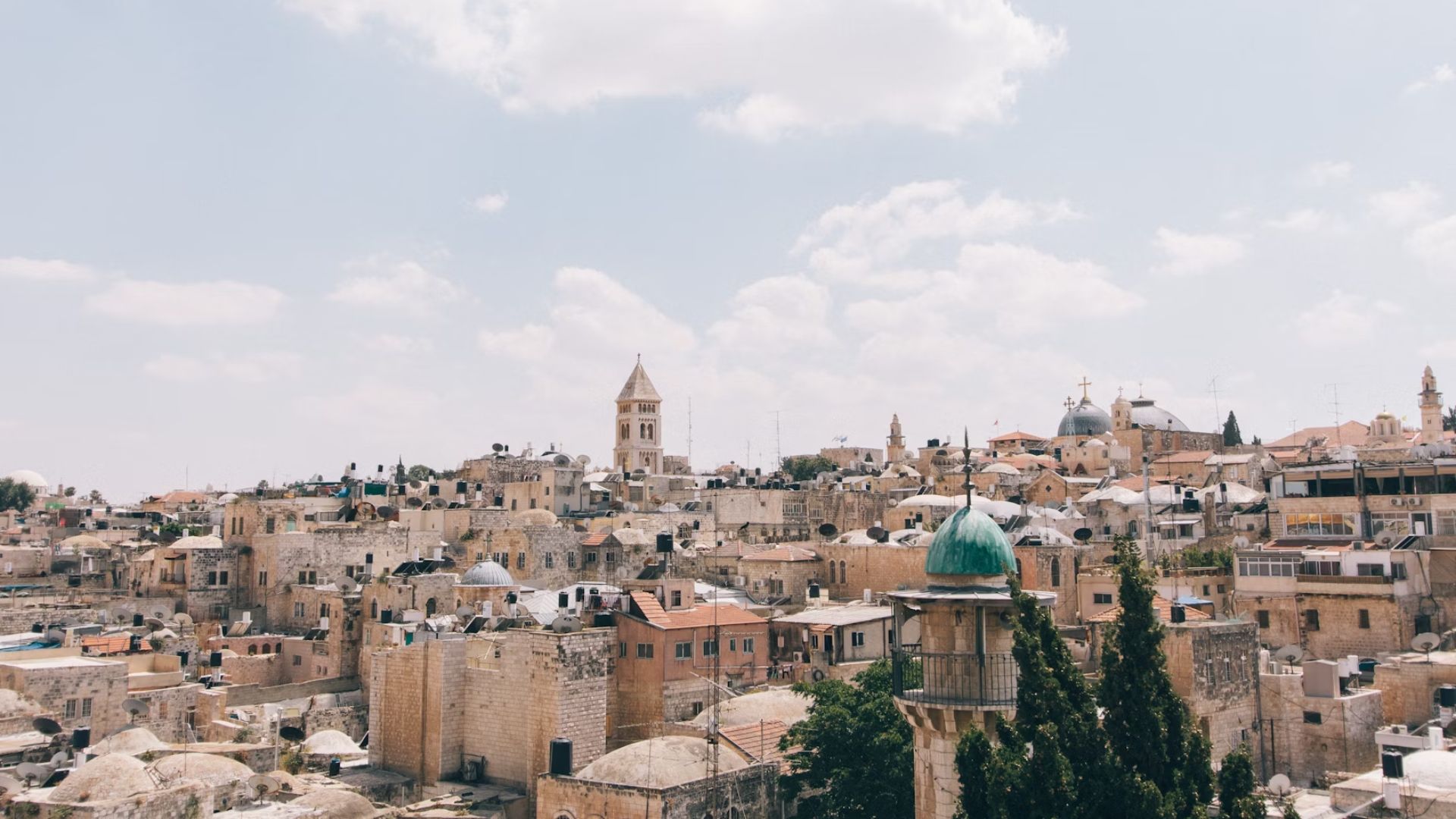
There is a significant space for The Last Supper in our cultural and religious zeitgeist to the present day.
Countless artistic renditions of the biblical scene are enough to demonstrate the interest in this final meal over two millennia. To this day, the Upper Room receives thousands of tourists every year, who come all the way to Jerusalem to see where Christ and his disciples dined.
Beyond a Dining Room: The Cenacle
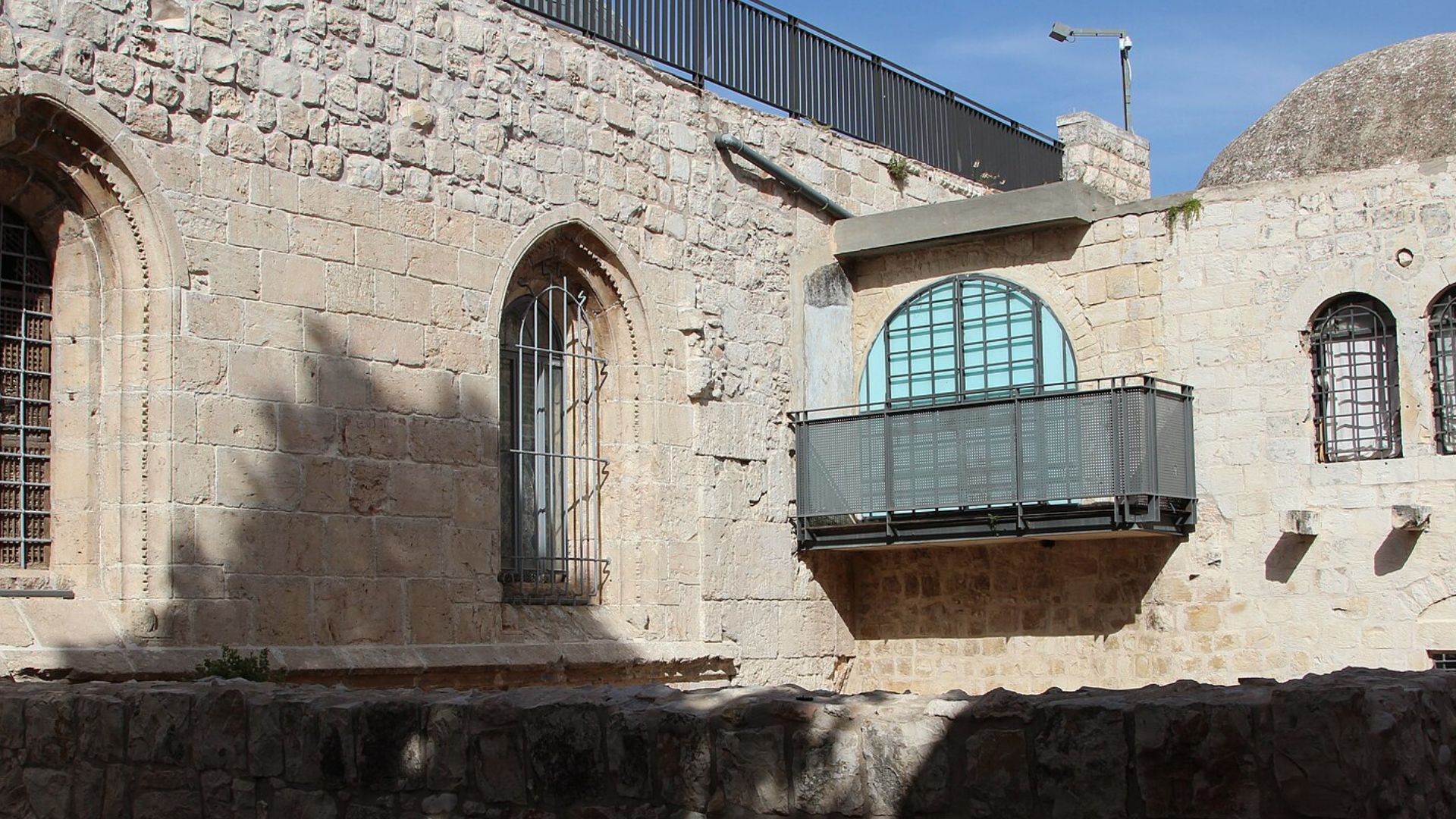
The Cenacle was more than just a dining room — it was a vital communal space capable of hosting over 120 people for prayer and reflection.
Its historical and spiritual significance suggests that it was a notable site well before the Last Supper occurred there.
The Cenacle’s Survival
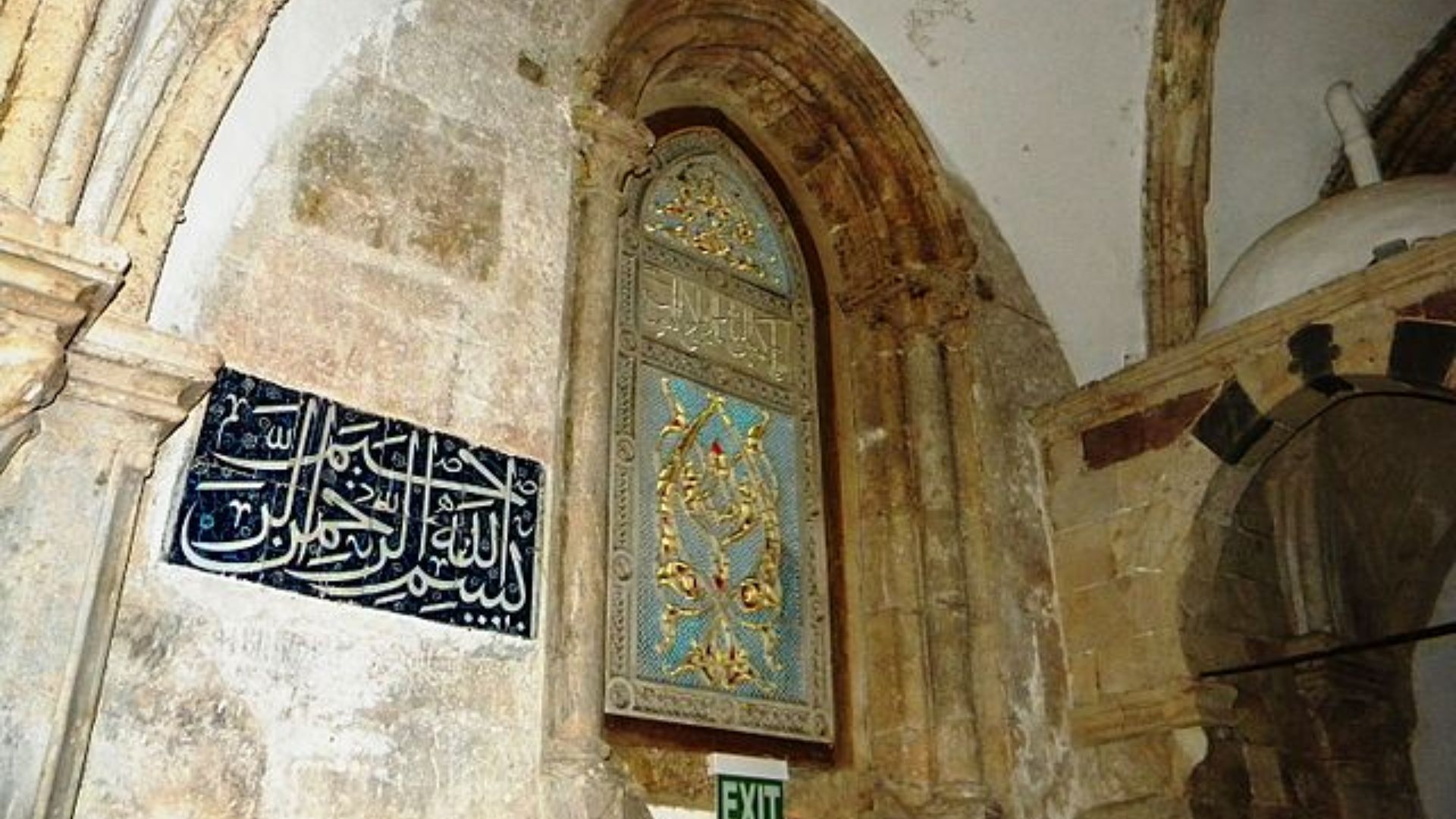
The importance of the Cenacle was not lost on the people of 2,000 years ago either.
The Cenacle was not only part of the original church that housed the Upper Room. The building was a center for Jewish Christians to celebrate and honor Jesus. In fact, when Jerusalem was destroyed in 70 AD, the Upper Room was the only part of the building that was spared.
Archaeological Uncertainty
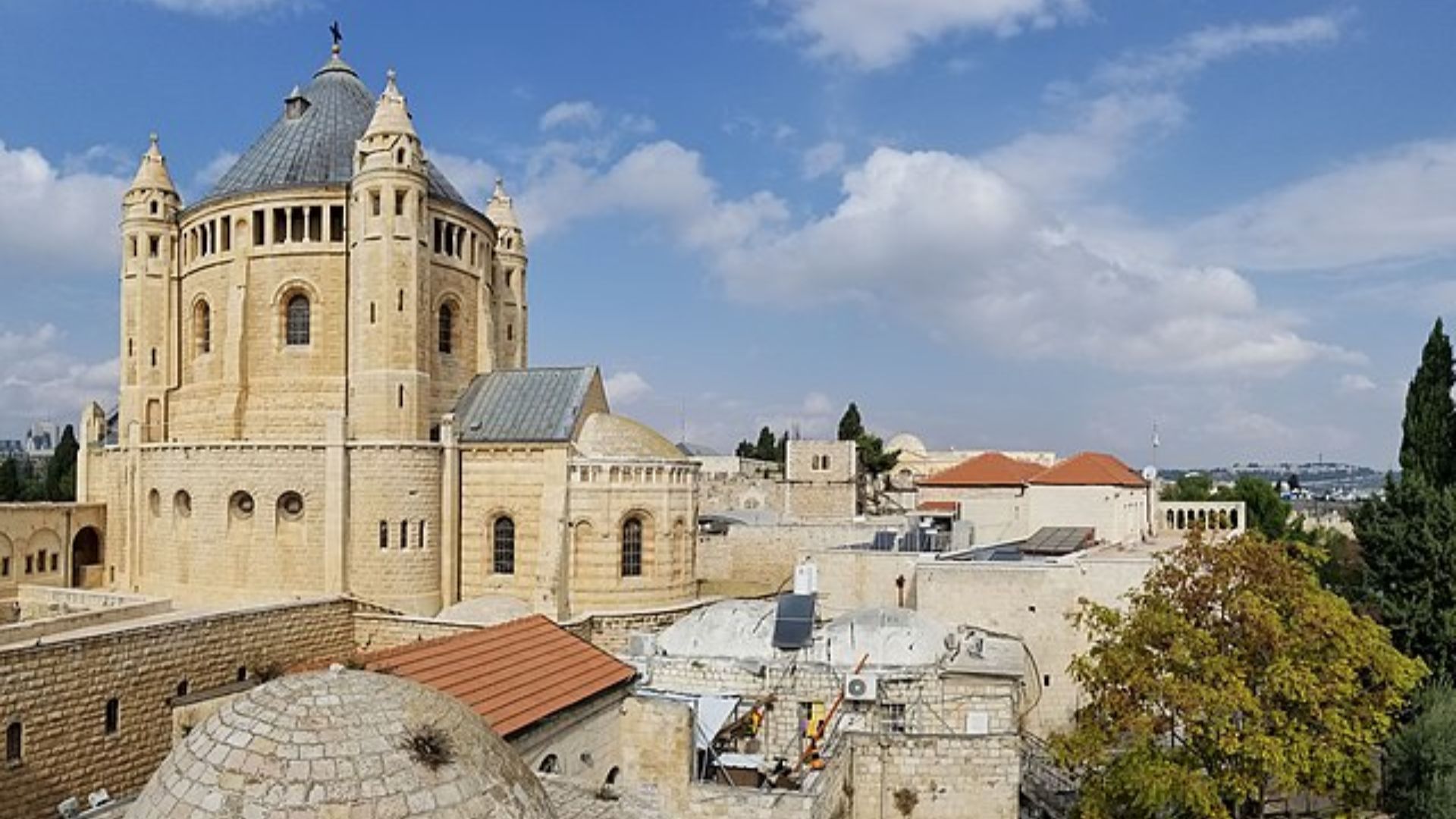
The Cenacle remains at the southern gate of the old city of Jerusalem, which sits on Mount Zion.
However, because researchers have not been able to carry out any archaeological digs on the site yet, there is still no confirmation as to whether the Cenacle existed in 33 AD, the year the Last Supper took place.
The Hard Way
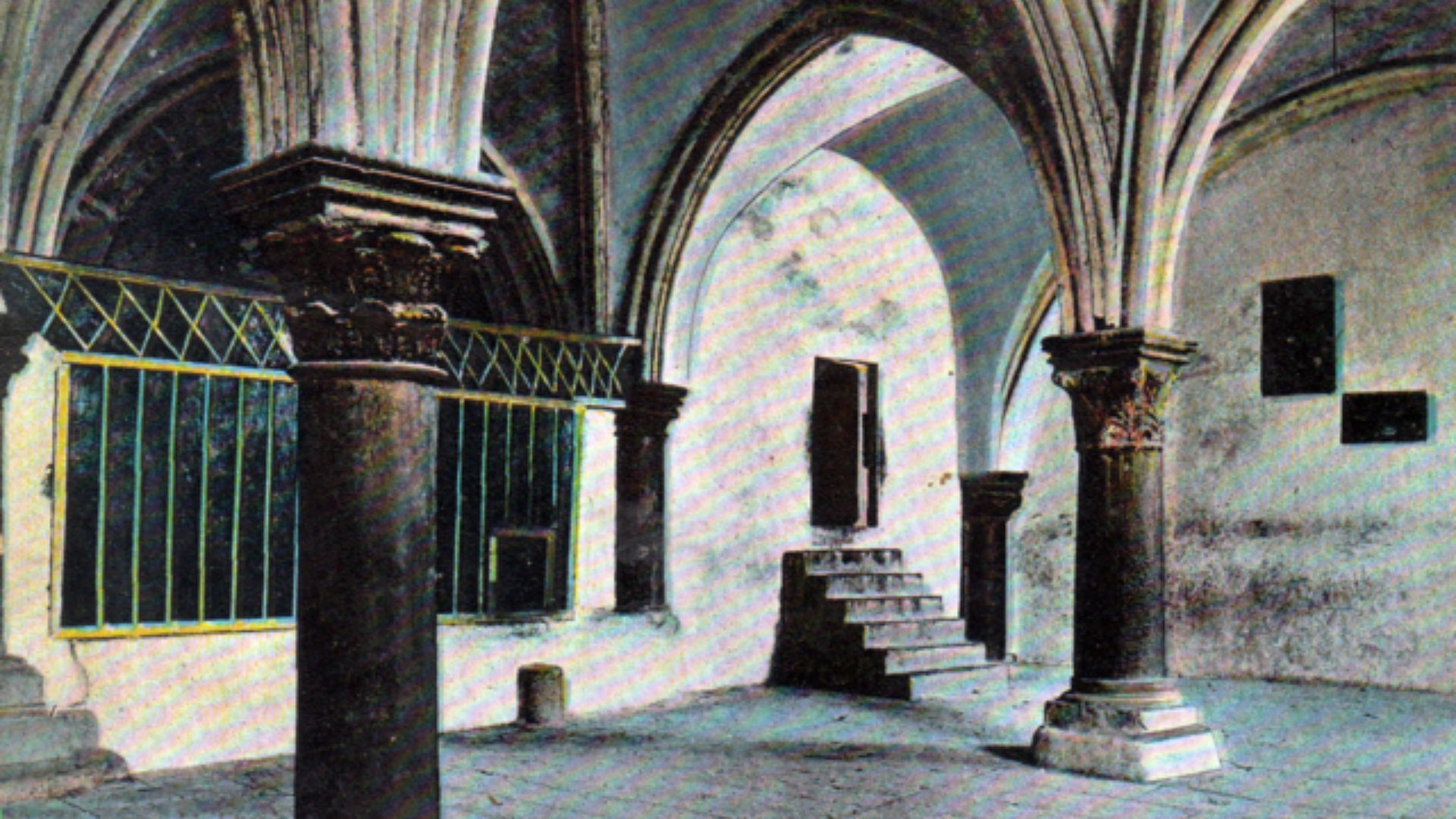
Researchers are left having to find out if the Cenacle is the site of the Last Supper the hard way.
Due to the historical and cultural significance of the Cenacle, archaeological digs are prohibited. The difficulty is that excavations could quickly prove whether the foundation of the building dates back to the time of Jesus. Instead, the researchers will have to find other means to establish the location of the site of the Last Supper.
Scriptural Echoes
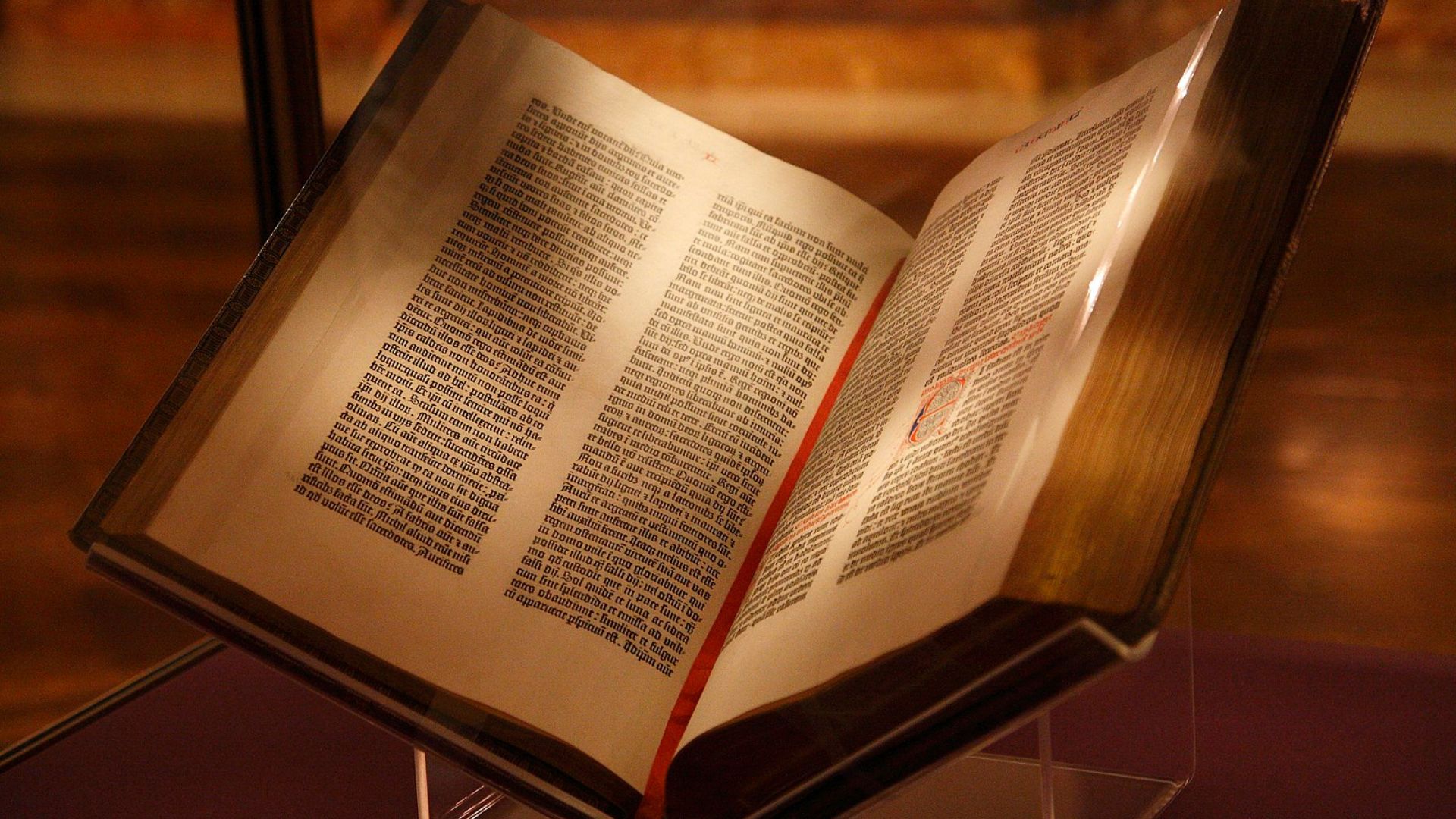
The historical authenticity of the Upper Room is bolstered by scriptural mentions.
Notably, the Book of Luke describes Jesus asking for “a large, furnished upper room” in which to observe Passover — a request that provides a tangible connection to this revered space.
The Cenacle’s Timeless Architecture
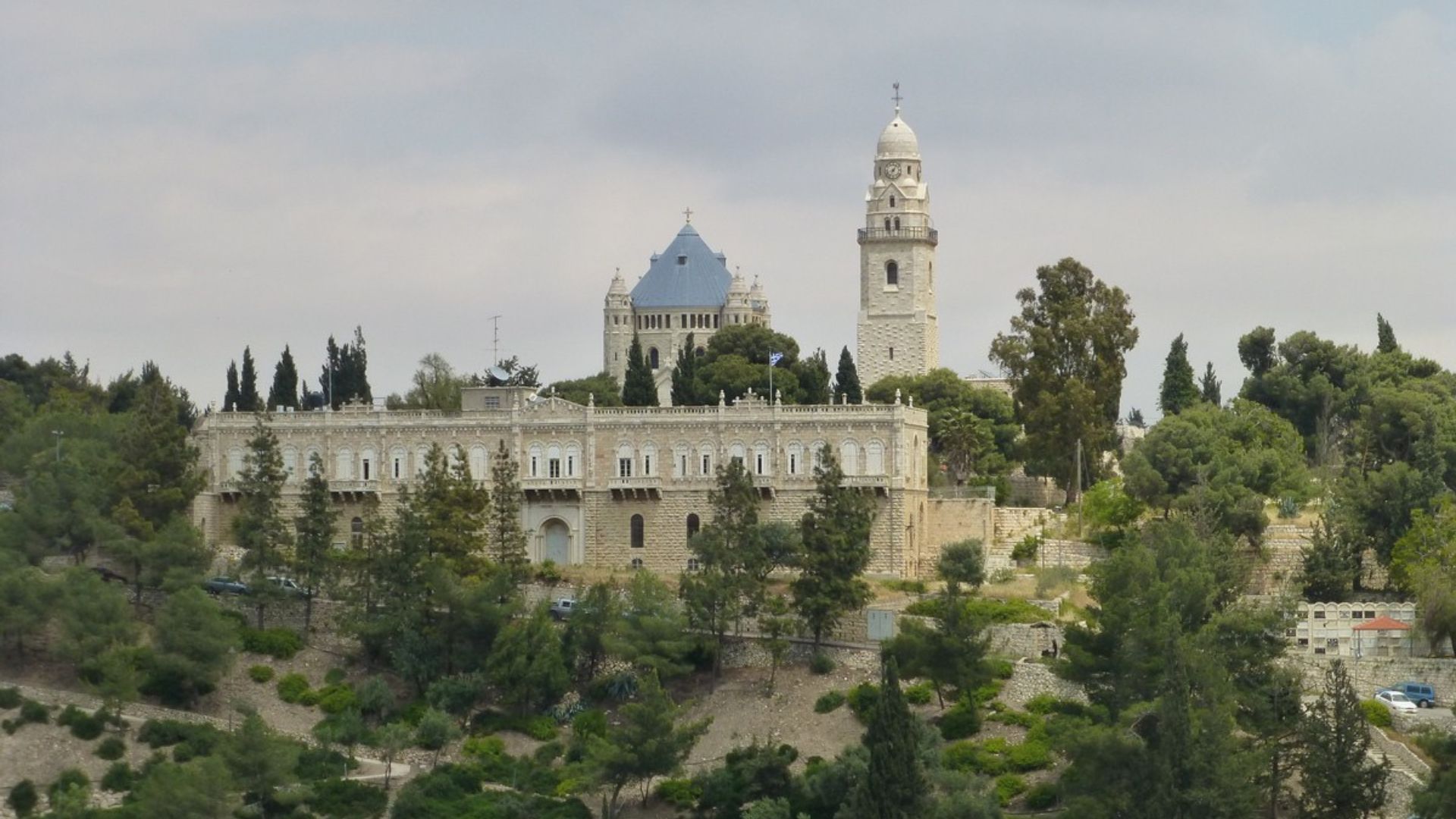
The Cenacle’s distinctive architectural features, such as its sloping roof, vaulted ceilings and large columns, showcase ancient craftsmanship.
These features also assist historians and archaeologists in verifying its identity among Jerusalem’s sacred sites.
Ancient Maps Bring Clarity
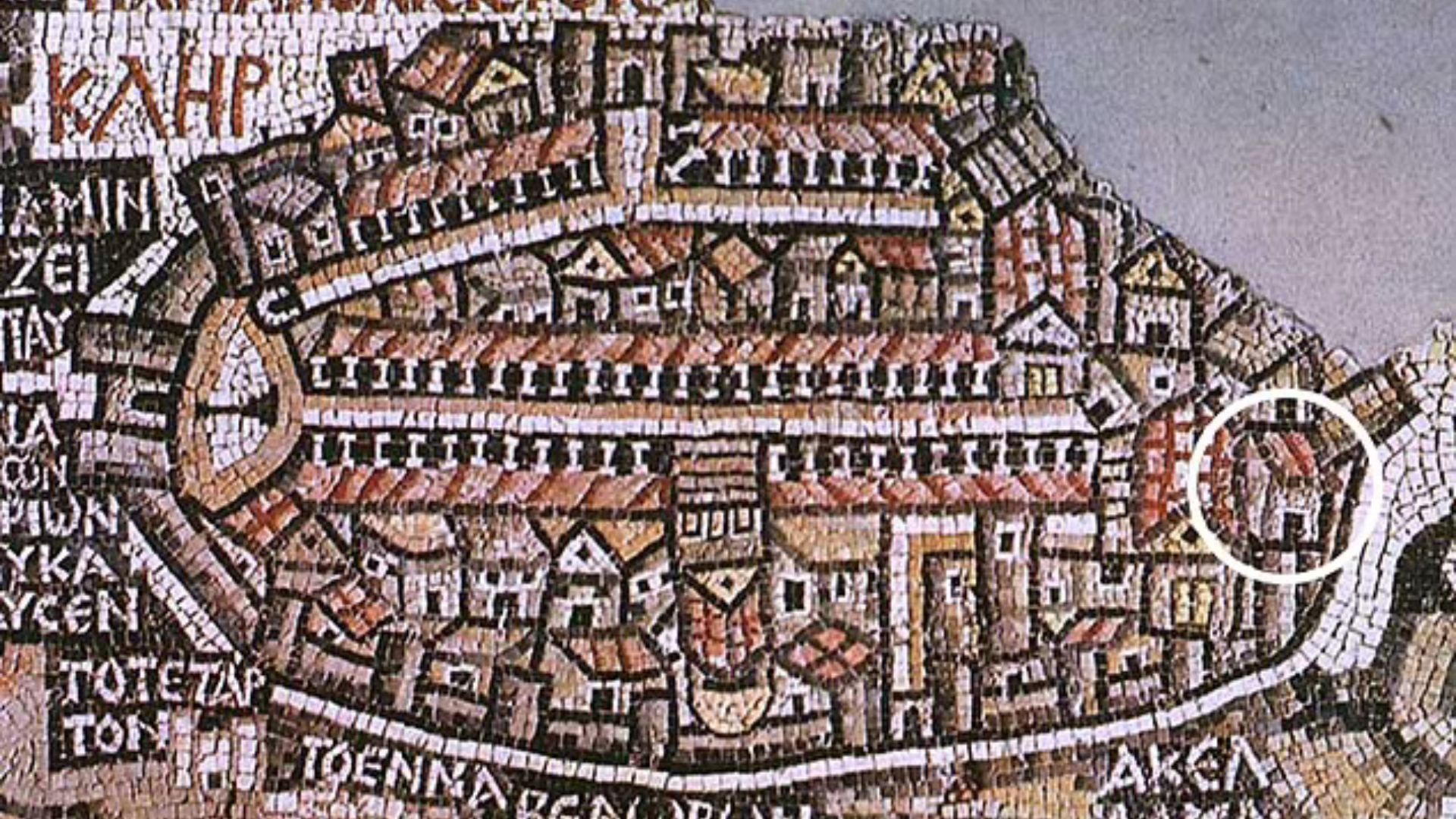
The discovery of a sixth-century map, highlighting the Cenacle, extended our understanding of Jerusalem’s layout and its sacred spaces.
This map has been instrumental in aligning historical texts with physical locations, adding a layer of depth to our understanding of biblical geography.
The Discovery of the Map
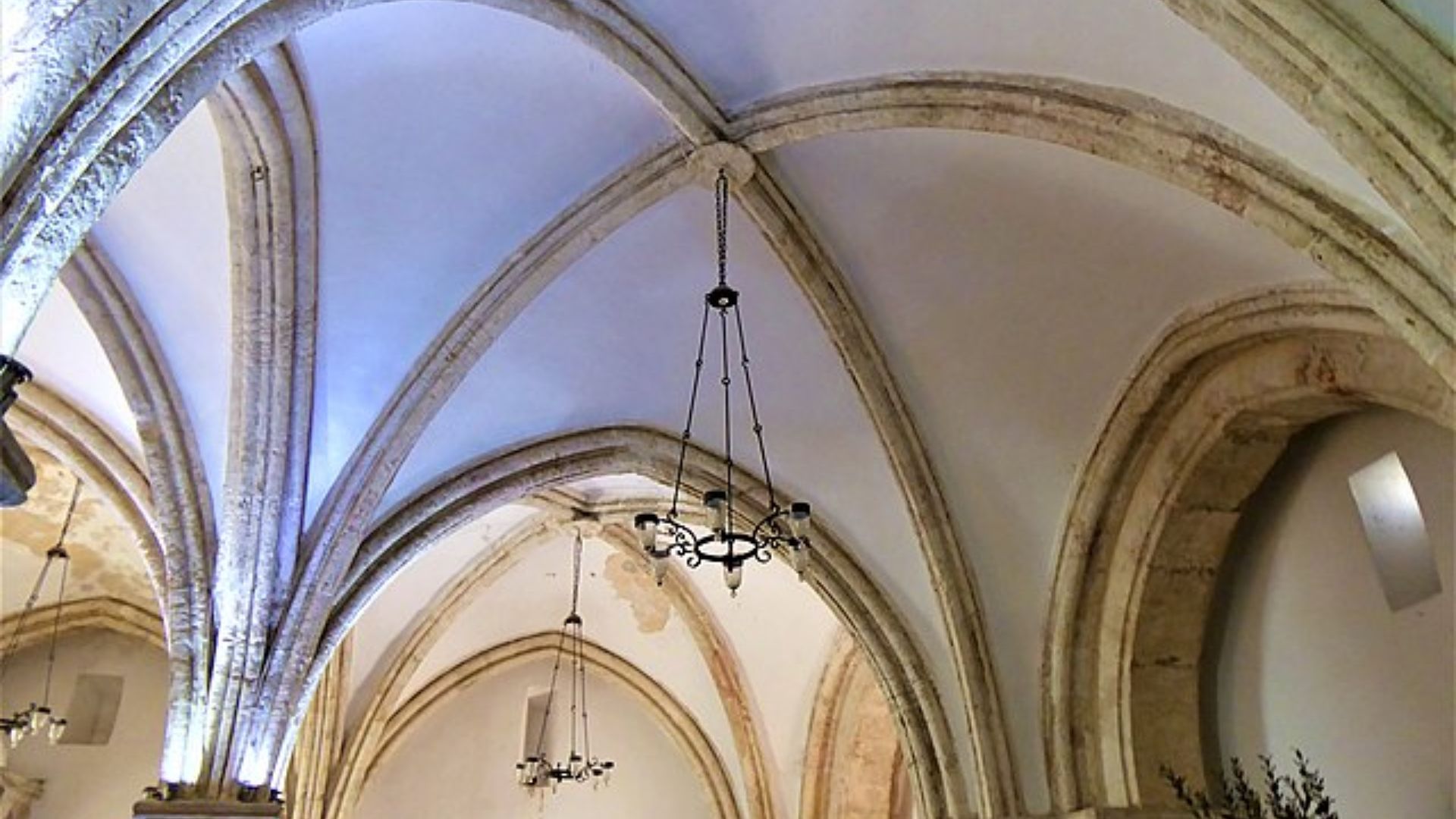
It was not until 1884 that Greek Orthodox Christians found the earliest map of Jerusalem while building a church in Madaba, Jordan.
The map was created in 560 AD as a representation of the Holy Land. The map shows the main street, called Cardo Maximus, and two sacred structures on the southern end that were identified by their red roofs.
Connecting Dots Through History
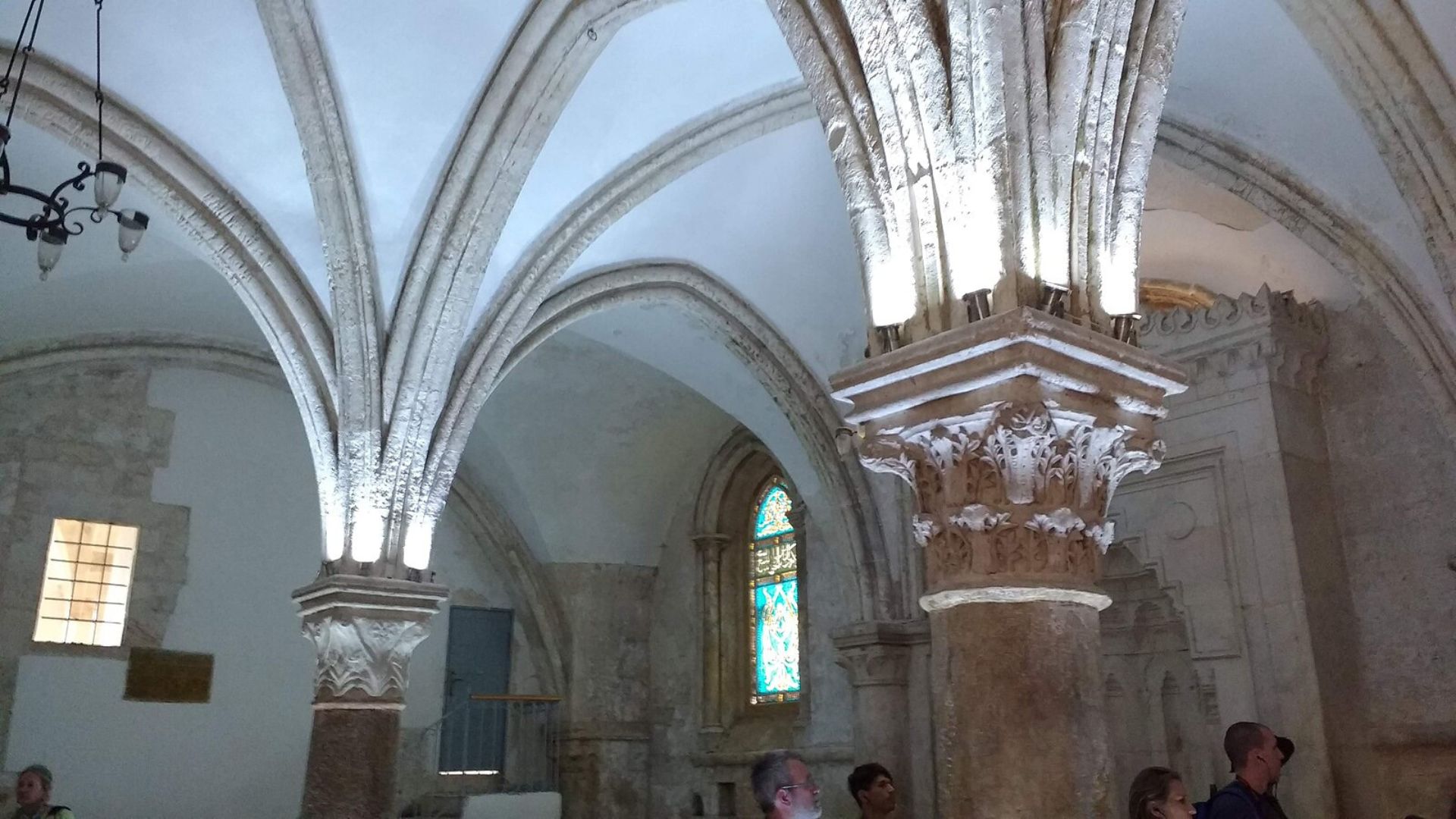
In 2017, David Christian Clausen highlighted similarities between the building depicted on the ancient map and the Cenacle’s distinct architecture, bolstering claims of its historical and biblical importance.
This insight has directed a new wave of scholarly research aimed at further authenticating the site.
Art Confirms the Biblical Story
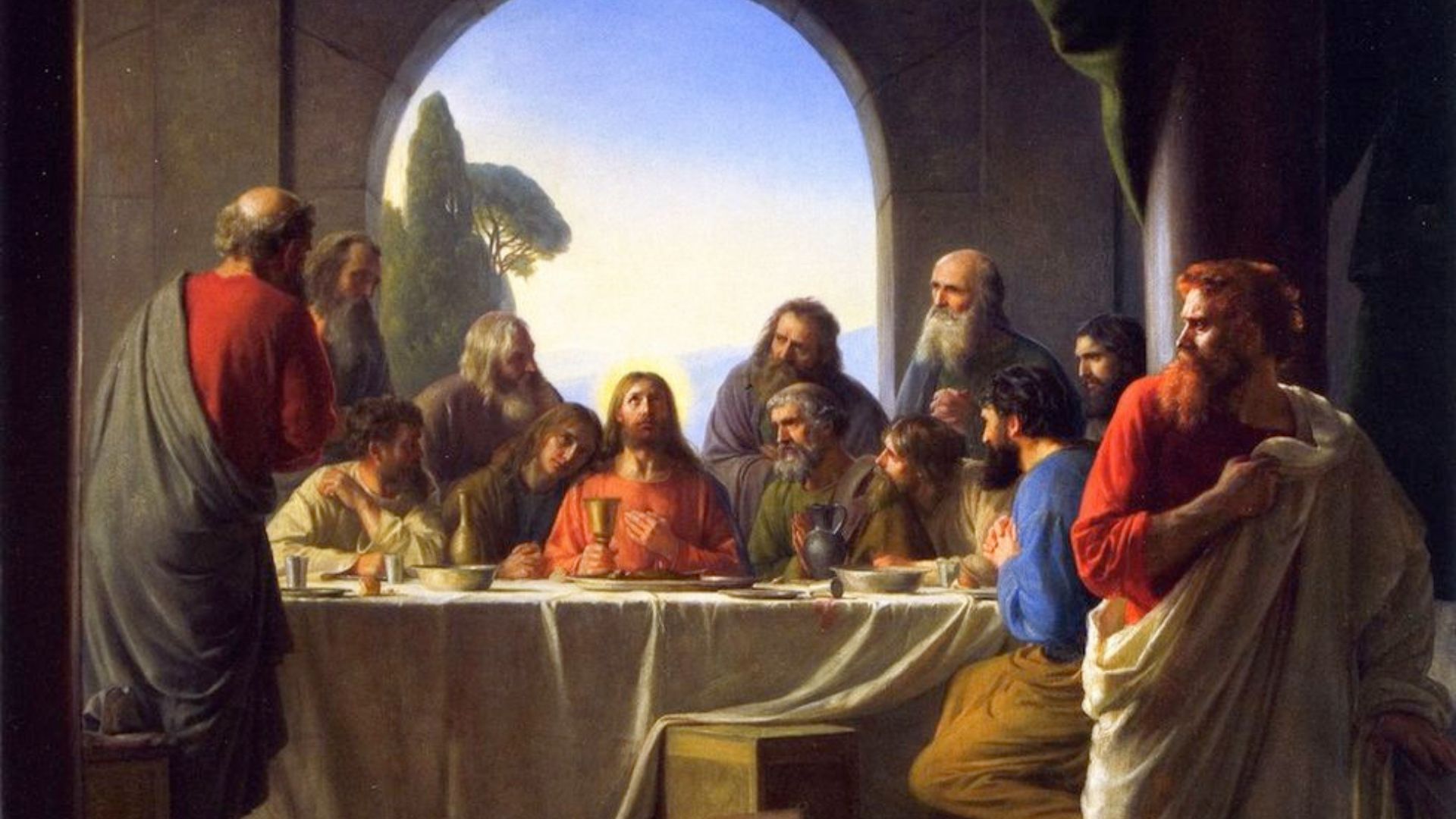
Artistic renderings from centuries past, including a detailed sixth-century drawing found in Italy, feature the Cenacle in scenes depicting significant biblical moments.
These artworks provide not just a feast for the eyes but also crucial evidence supporting the site’s biblical connections.
Evidence in the Artwork
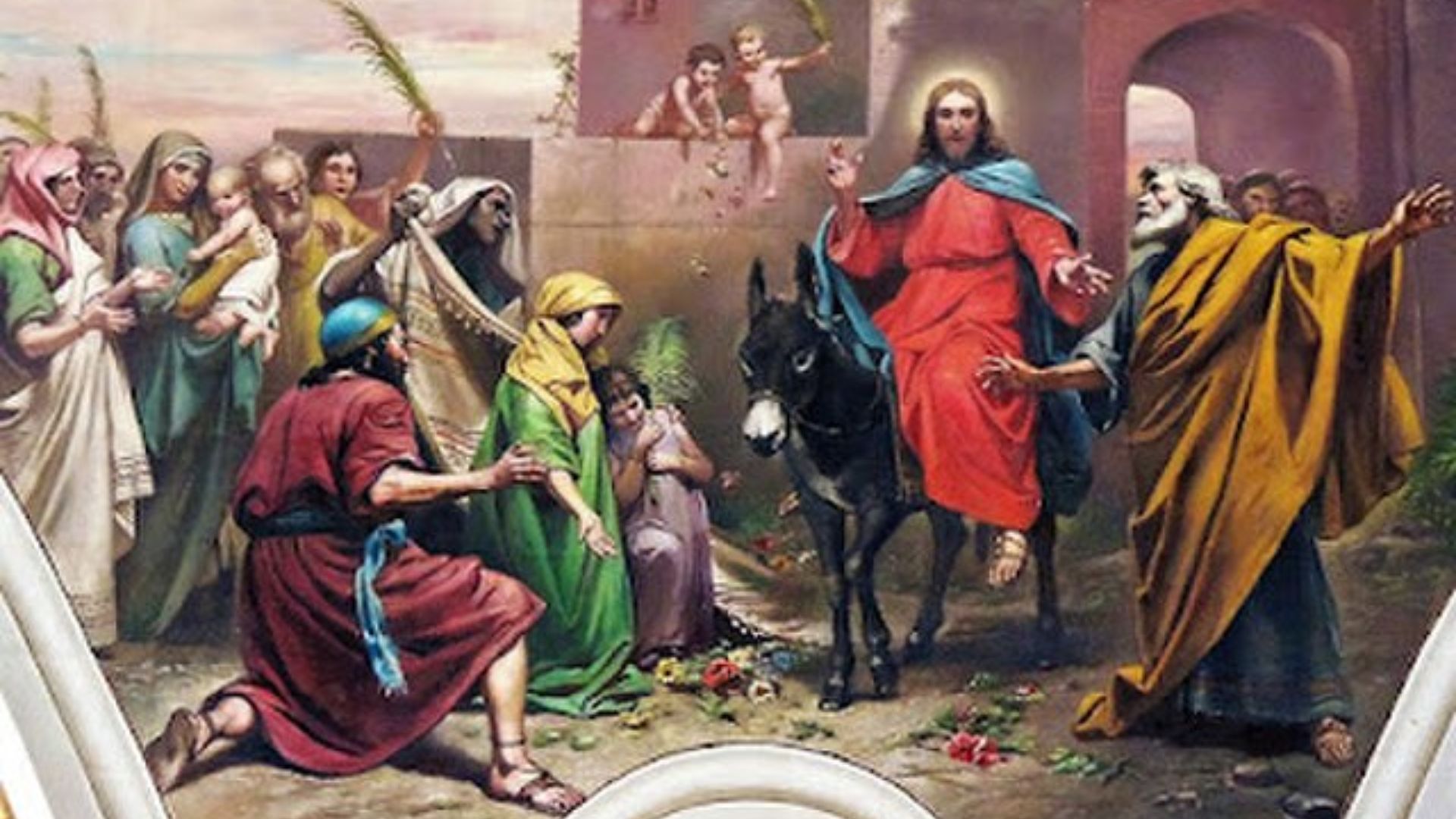
The drawing from 1846 showed Jesus traveling through Jerusalem through the southern gates of the city on a donkey.
The Cenacle was featured in the background of the drawing. The story the drawing depicts is told in the Book of Matthew, where Jesus entered Jerusalem to fulfill the prophecy of Zechariah, who said there was be a “second coming of Christ” and the dead would be resurrected.
A Common Occurrence in Art
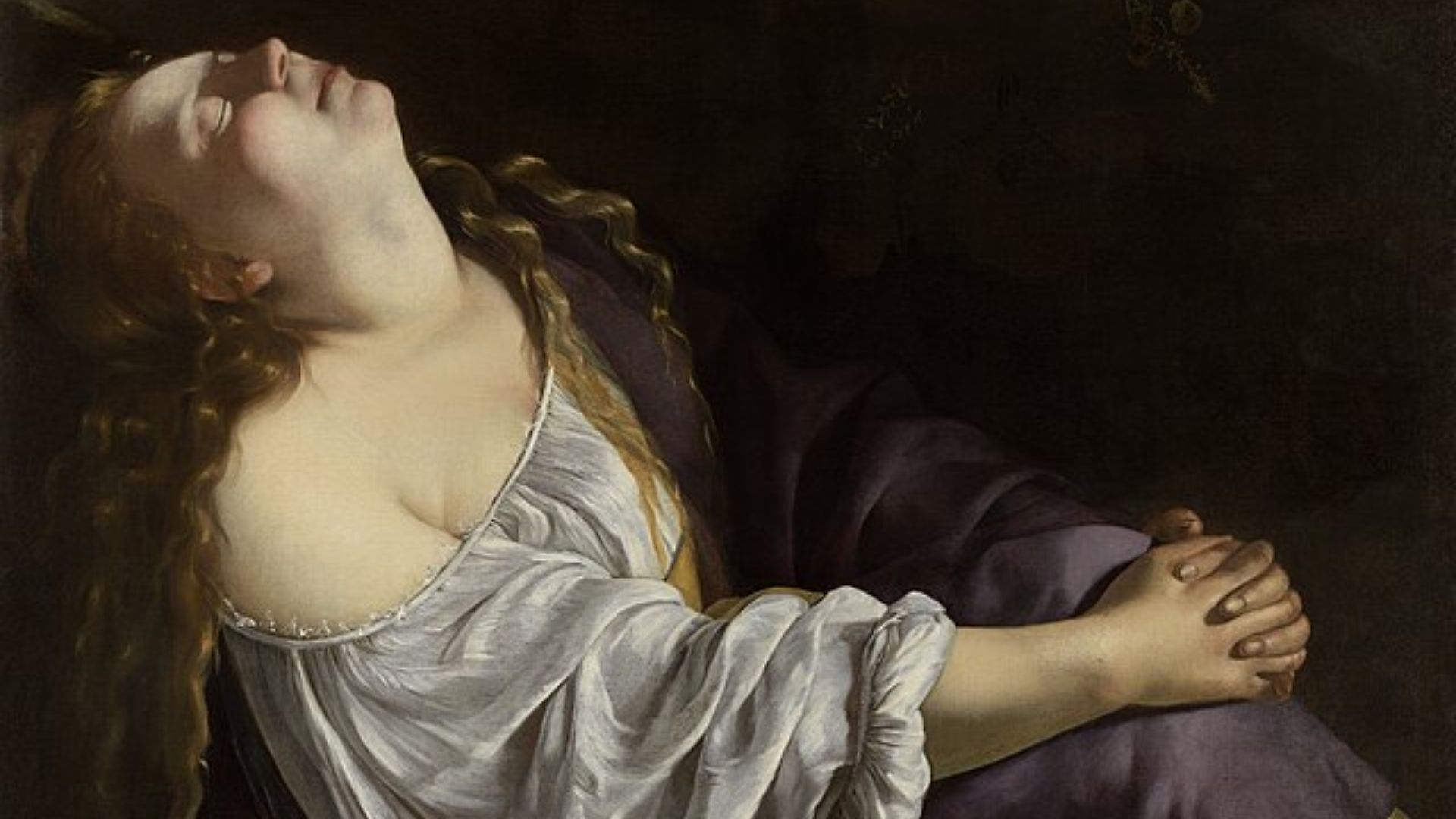
The drawing is not the only clue that researchers have used to locate the Cenacle.
In 1585 AD, a fourth-century sculpture was discovered that depicted Jesus standing before Mary Magdalene after he rose from the dead. While there are disputes as to whether the woman is Mary Magdalene, behind where Jesus stood in the sculpture was a building with the same slanted roof as the Cenacle.
New Technology for Old Mysteries
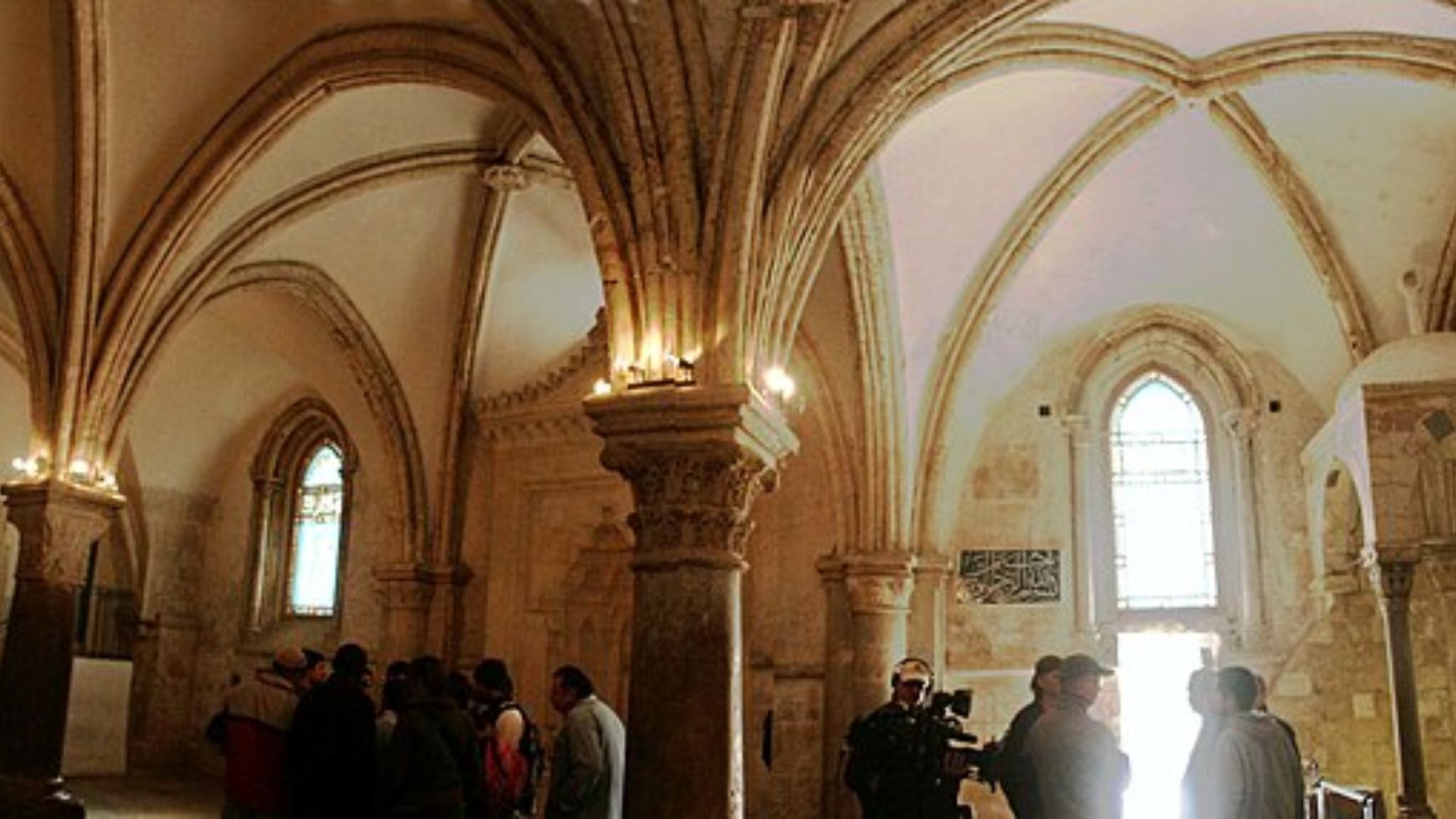
The Israel Antiquities Authority further investigated whether the Cenacle was the site of the Last Supper using new technology.
In 2019, the authority used laser technology and advanced photographic imaging to strip away all the updates made to the Cenacle over the years and reveal what it originally looked like during the Last Supper.
Finding the Clues
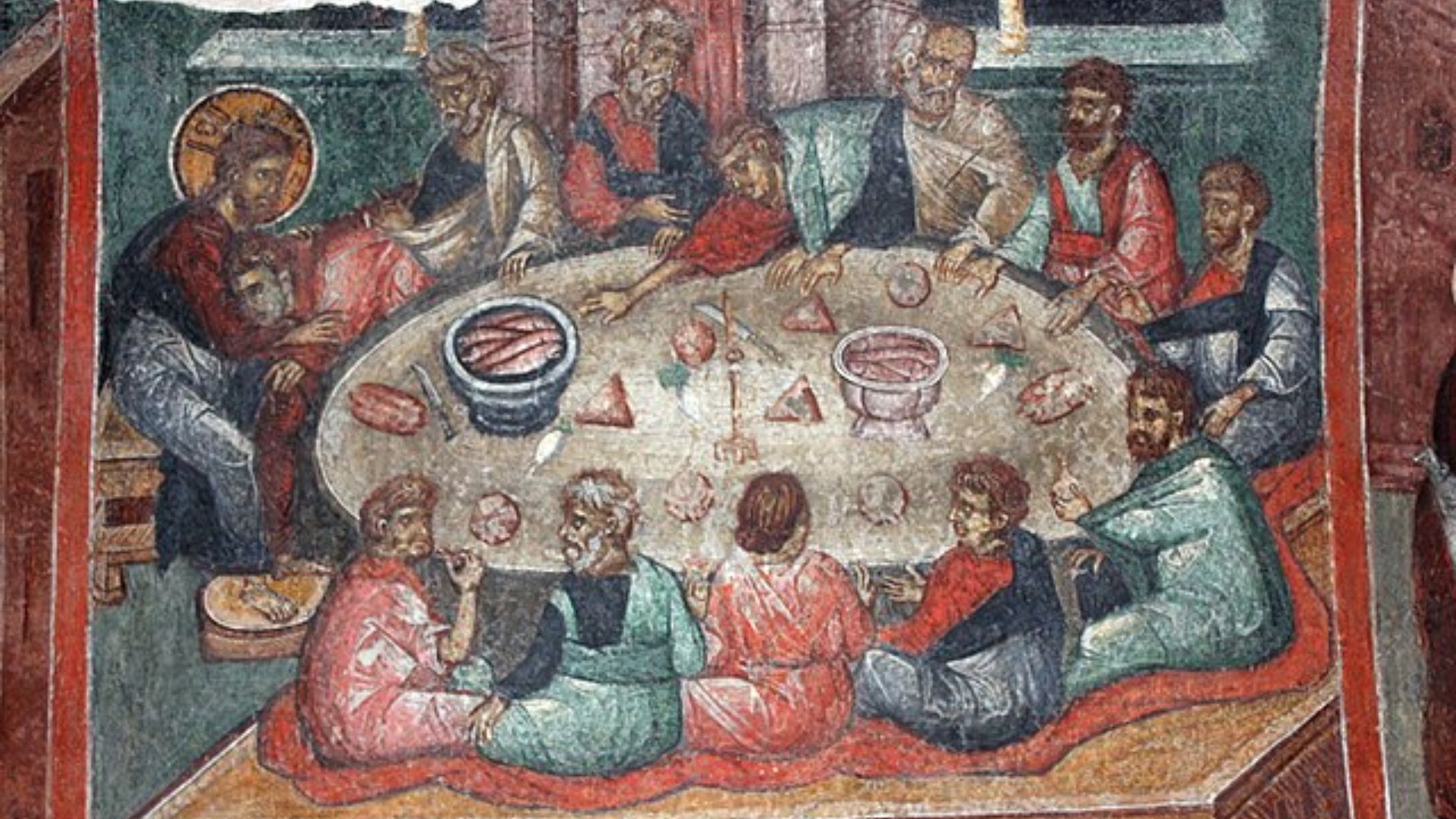
The researchers mapped every corner of the room to “create accurate models of the space” and unveiled unseen features of the Cenacle.
“I felt like I was in the book by Dan Brown, ‘The Da Vinci Code.’ We needed to decipher the ancient symbols,” said Amit Re-em, Jerusalem district archaeologist for the Israel Antiquities Authority (IAA).
The Results of the Investigation
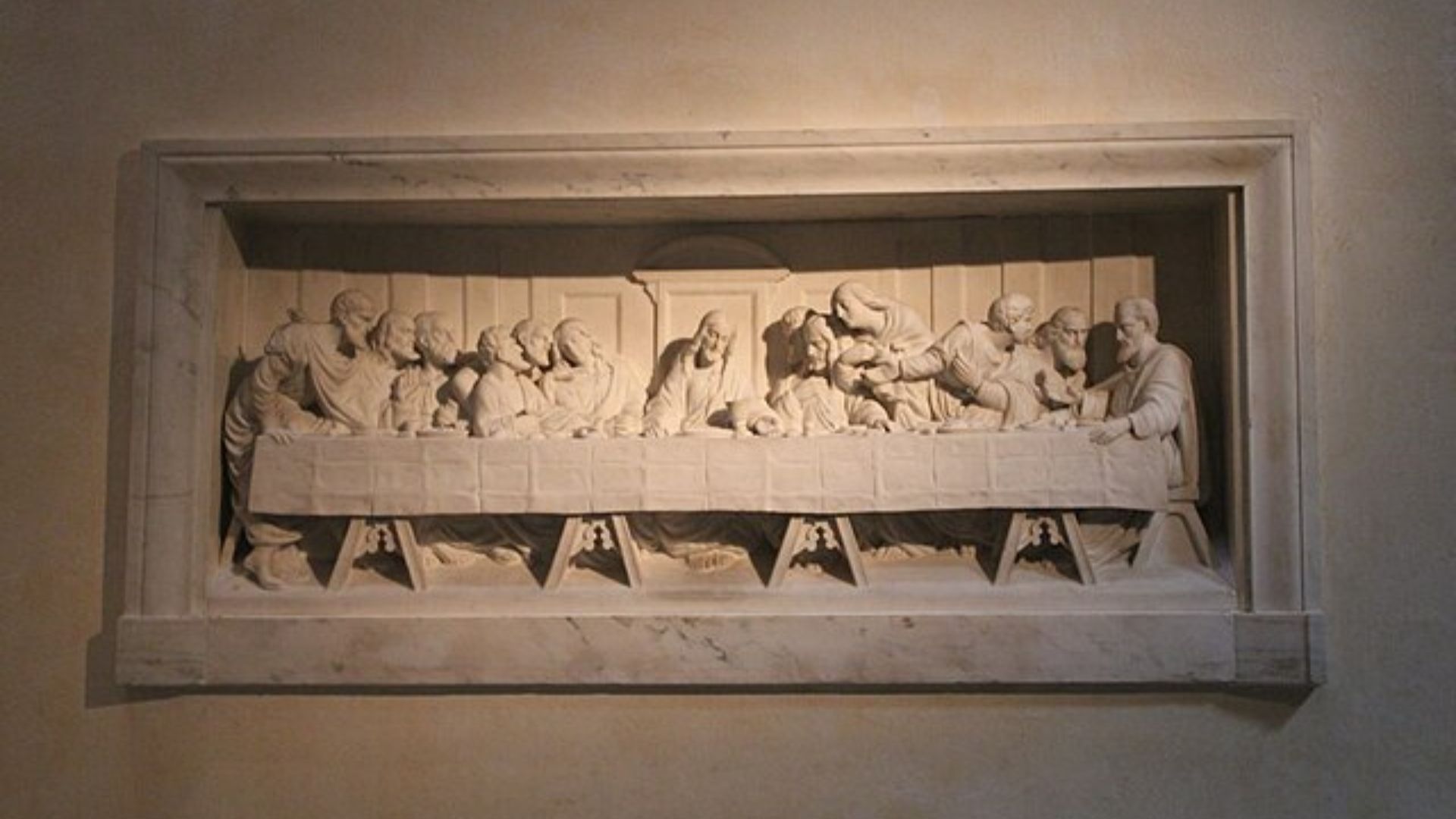
By using laser technology, the IAA managed to uncover new imagery of the Cenacle.
The imagery revealed ‘obscure’ artwork such as the symbols of the Agnus Dei, or “Lamb of God,” and the lion of Judah on the ceiling. “The lion was the symbol of King David,” Re’em told Fox News. According to the ancient scriptures, Jesus was a descendant of King David.
Byzantine Church Remains
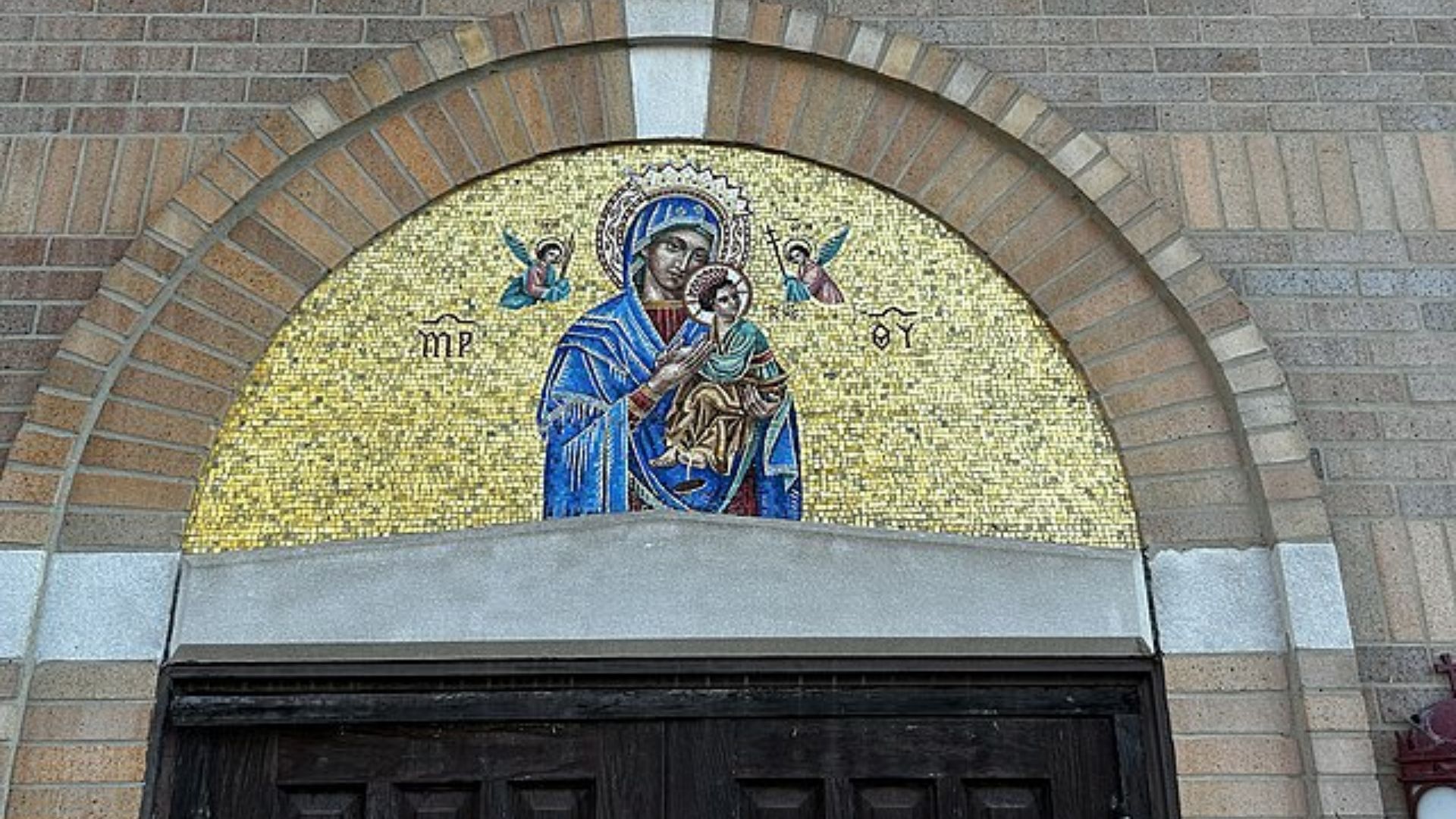
The 3D modelling project carried out by the IAA showed that the current version of the Cenacle was constructed in the 12th century.
The building was supposedly built by Christian crusaders but was built on top of a fourth-century Byzantine church. The features from the old church were incorporated into the new Cenacle. It is thought that the old structure was built on top of another building that was around during the time of Jesus.
A Unique Church
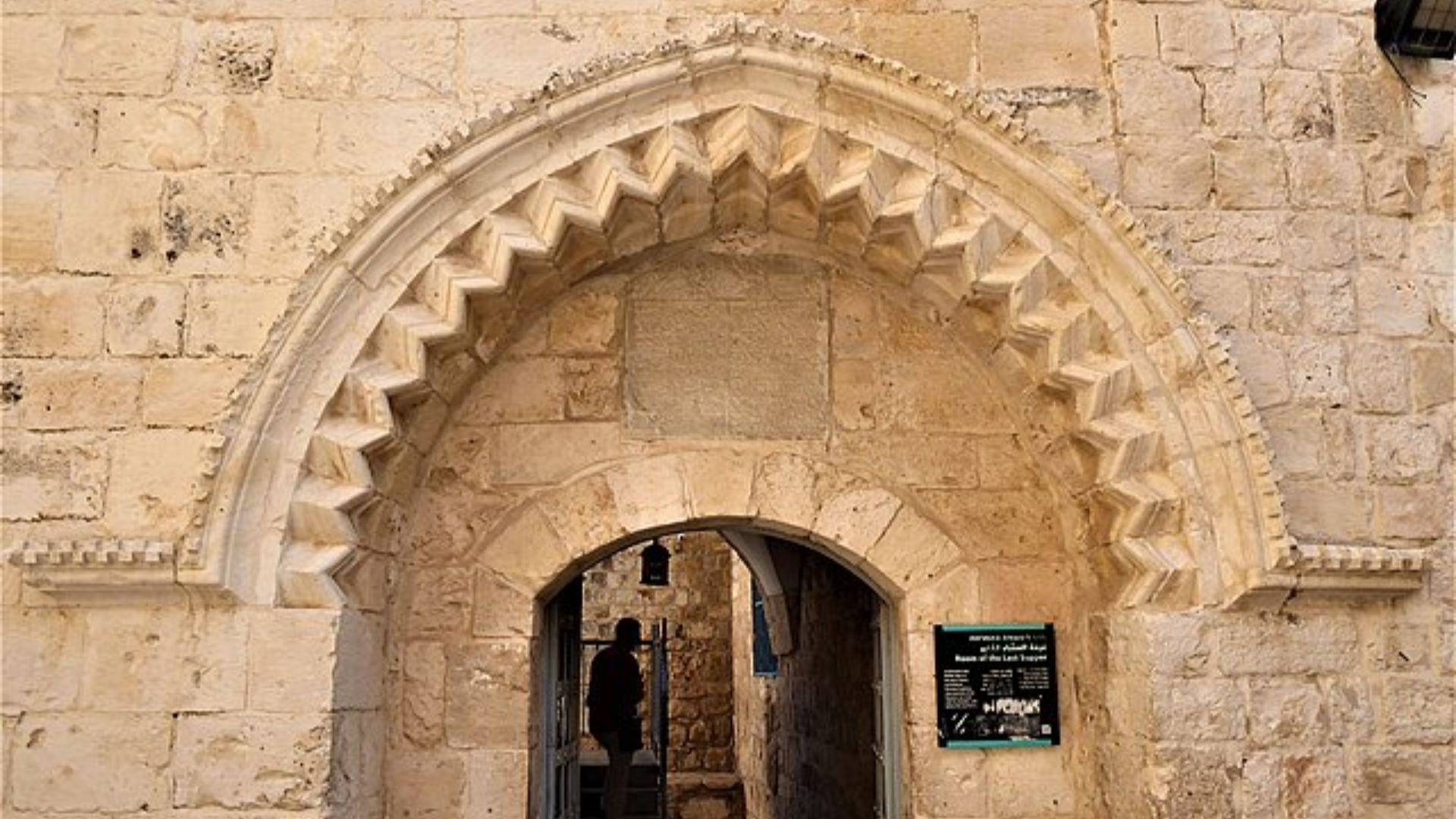
Research projects such as these have been used on other projects, such as the rebuilding of the Notre Dame Cathedral and the representation of locations in video games.
Re’em said: “This part of the Crusader church was a very unique artistic creation. Originally, all this part of the Crusader church was fully decorated with architectural symbols – as a Christian pilgrim, you didn’t need to speak Latin, you could ‘read’ the symbols.”
The Future of Biblical Archaeology
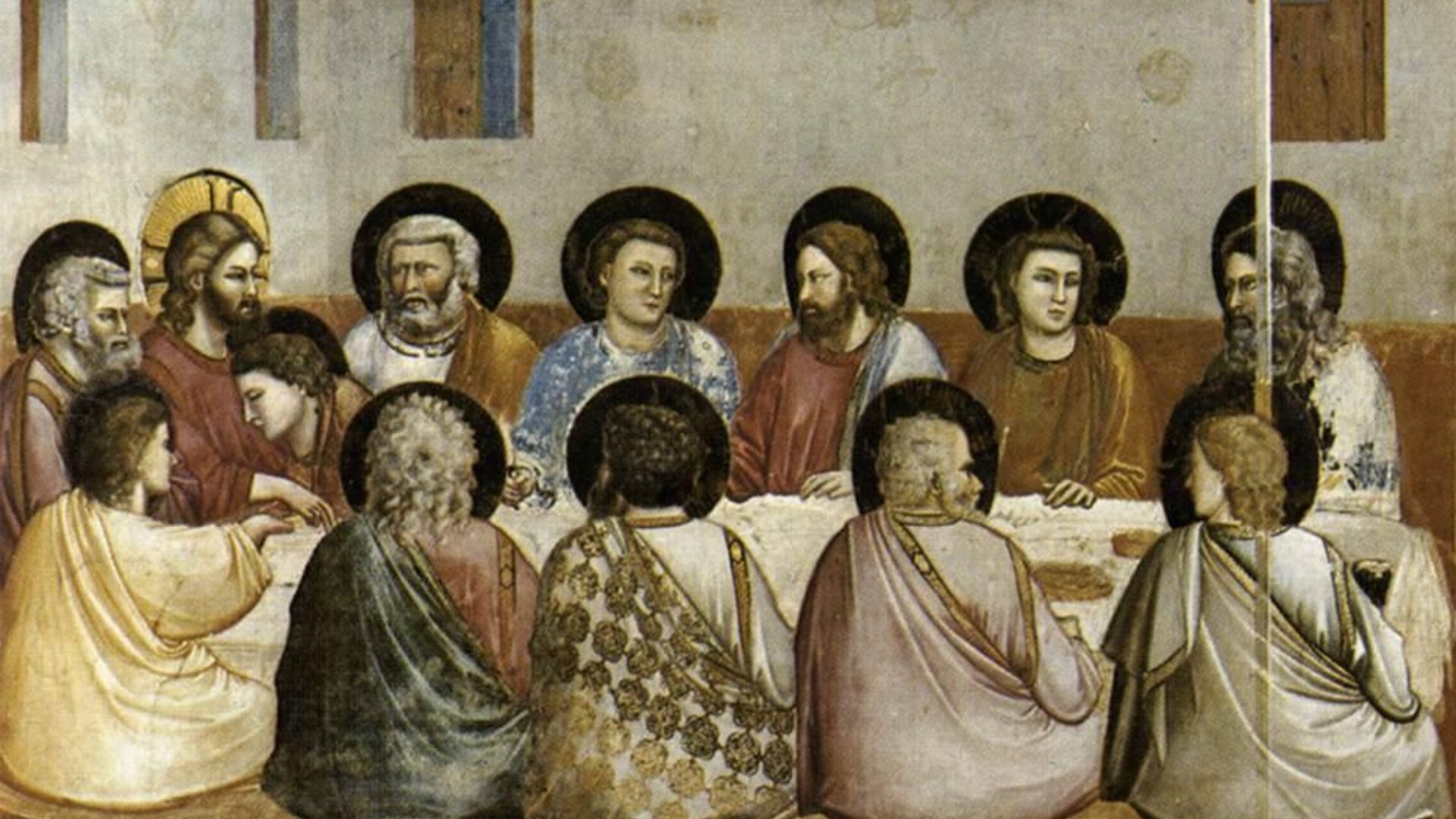
The path to fully confirming the Cenacle as the site of the Last Supper is paved with both excitement and challenge.
Amit Re’em of the IAA shared his hopes: “I hope that maybe, in the future, we will have the opportunity to conduct a small-scale classical archaeological investigation,” highlighting a continuous journey of discovery that captivates both the scholarly community and spiritual seekers alike.
